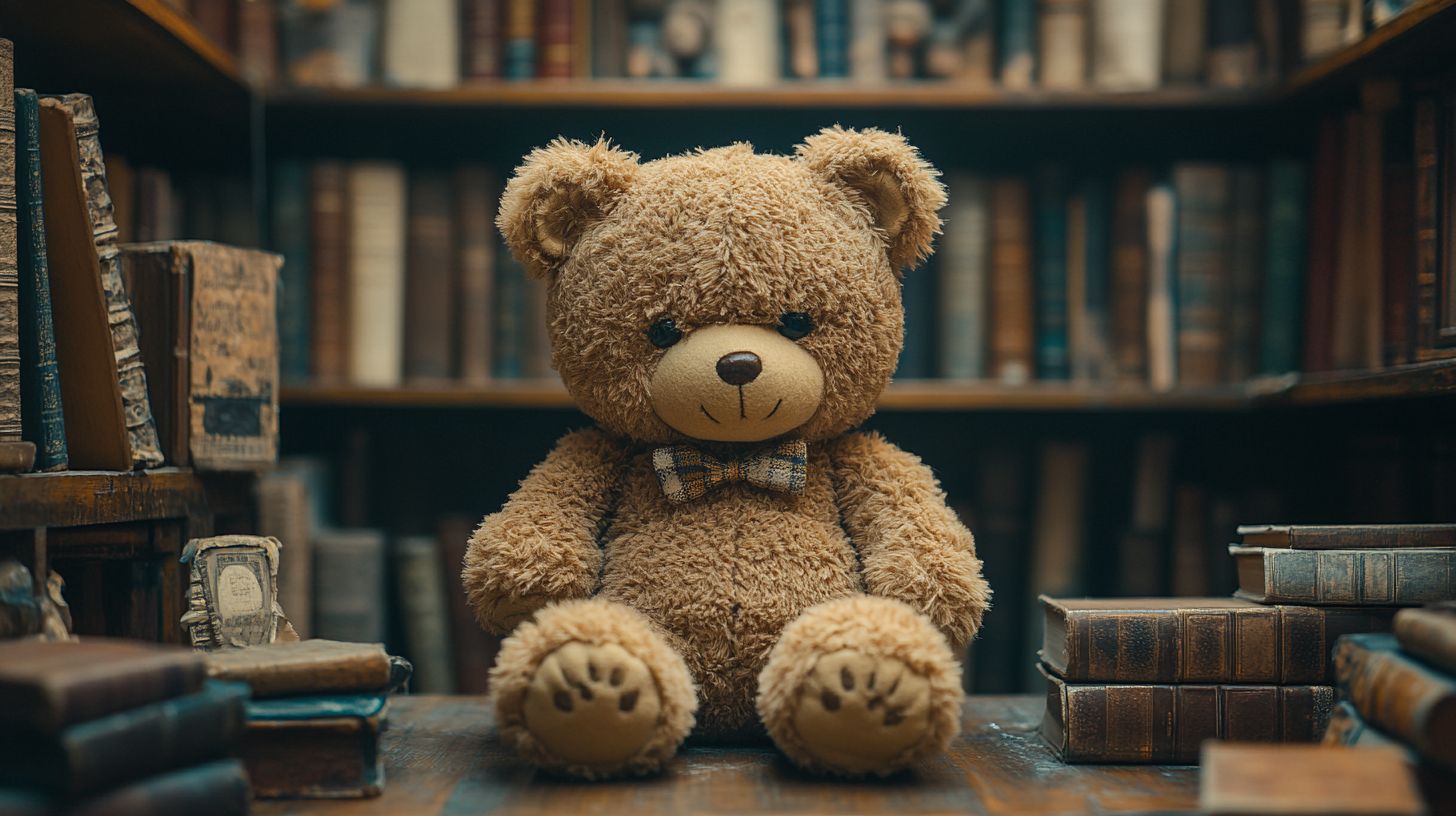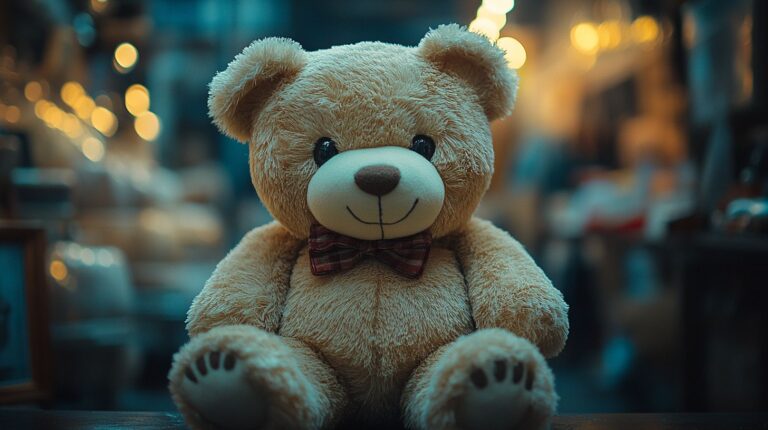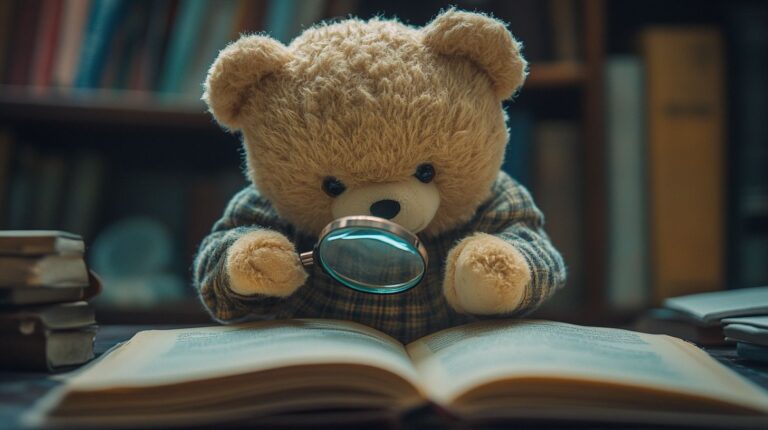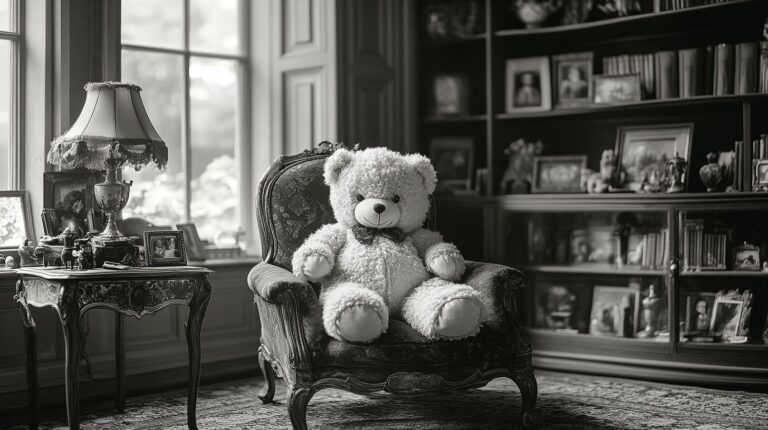The humble teddy bear has come quite a long way since those charming British seaside fairs of the early 1900s, where proud middle-class families would proudly display their prized bears behind glass. Rather delightful, really. Mind you, it wasn't until the 1950s that collecting properly took off at county fairs – one could pick up a lovely vintage bear for anywhere between a fiver and £50 back then.
The 1970s brought quite the revolution with mail-order clubs, though these seem positively quaint compared to today's collecting scene. Now we've got bears fetching astronomical sums at online auctions – some particularly special ones commanding upwards of £50,000! Rather extraordinary, when you think about it. These days, most enthusiasts gather in buzzing Facebook groups and WhatsApp chats, sharing their latest finds and swapping collecting tales.
Whilst the way we collect has certainly modernised, there's still nothing quite like that moment when you spot just the right bear to add to your collection. Some things, thankfully, never change.
Key Takeaways
The Rise and Rise of Teddy Bear Collecting
What started as a charming Victorian parlour hobby has blossomed into quite the fascinating world. Those early collectors of the 1900s, mostly well-to-do families, rather proudly displayed their prized bears in elegant glass cabinets. Morris Michtom's creation sparked quite the craze, though one hardly imagines he knew what he was starting.
The British county fair scene of the 1950s and '60s proved absolutely brilliant for bear enthusiasts. Picture the scene: vintage bears changing hands for anything from a modest fiver to proper investment pieces fetching over £100. Quite remarkable, really, when you think about it.
By the time the '70s rolled round, collecting had taken on a rather different flavour. Brilliant little mail-order clubs popped up everywhere, with devoted collectors eagerly awaiting their monthly newsletters. The postal auctions were particularly exciting – rather like Christmas morning, waiting to hear if you'd won that special bear.
Everything changed with online auctions in the late '90s. Suddenly, from your sitting room in Brighton, you could bid on a rare Steiff in Berlin or a vintage Merrythought in Melbourne. Values went properly stratospheric – some bears fetching upwards of £50,000!
These days, it's all gone rather digital. Facebook groups bustle with activity, whilst Instagram's absolutely swimming with gorgeous bear photos. Mind you, there's something rather lovely about how the old-fashioned charm of teddy bear collecting has adapted to modern times. Though I must say, nothing quite beats seeing these treasures in person.
Origins of the First Collections
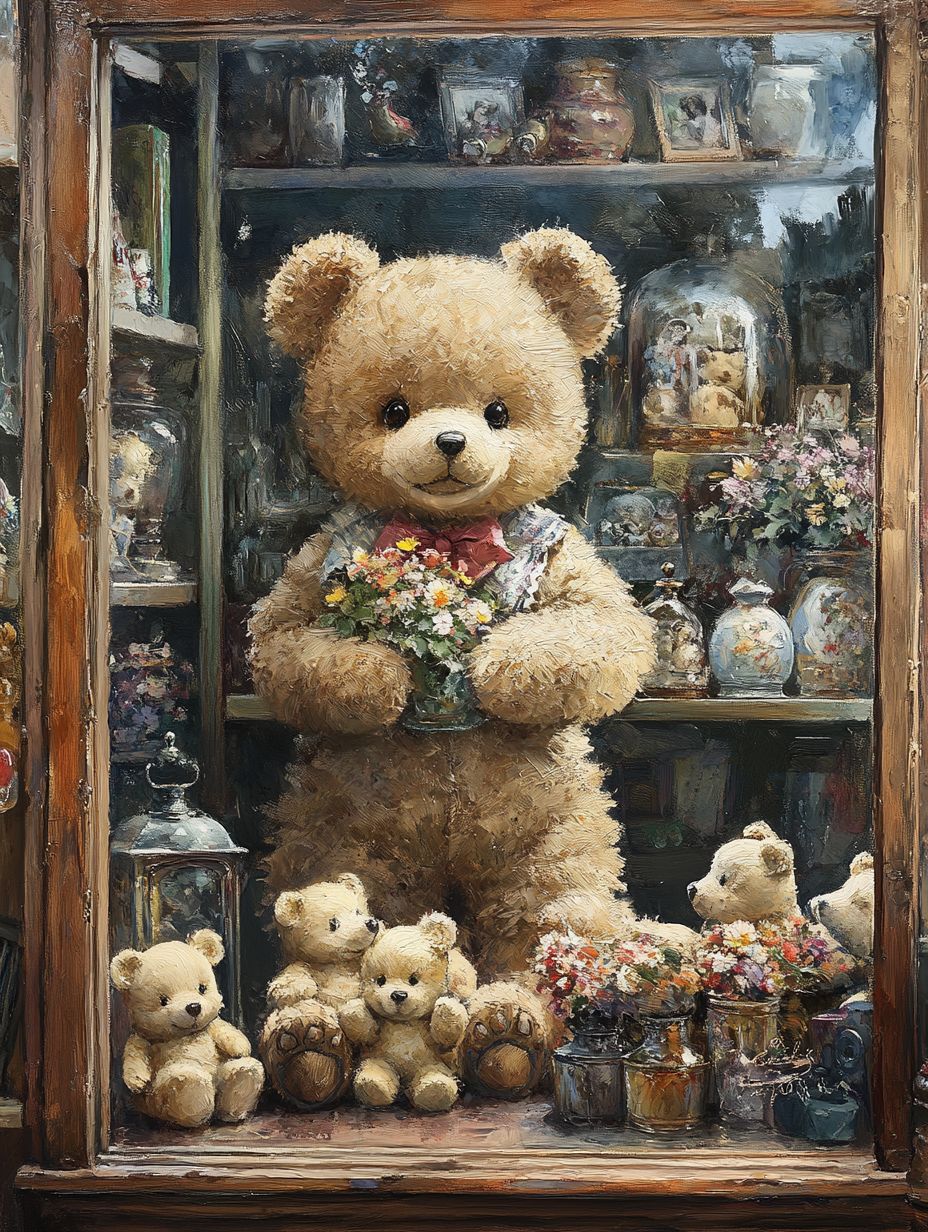
The rather charming story of teddy bear collecting began in earnest during the early 1900s, not long after Morris Michtom's original creation in 1902.
It's fascinating to think that the first proper collections emerged from middle-class families who'd spend their weekends at seaside fairs and village fetes, where these lovable bears were often given away as prizes.
The proud owners would naturally want to show off their prized possessions, displaying them rather splendidly in glass-fronted cabinets – quite similar to those magnificent Victorian display cases one might spot in a well-appointed parlour.
Some of these early collections, whilst perhaps modest by today's standards, sparked what would become quite the passionate pursuit amongst British enthusiasts.
Vintage Trading at County Fairs
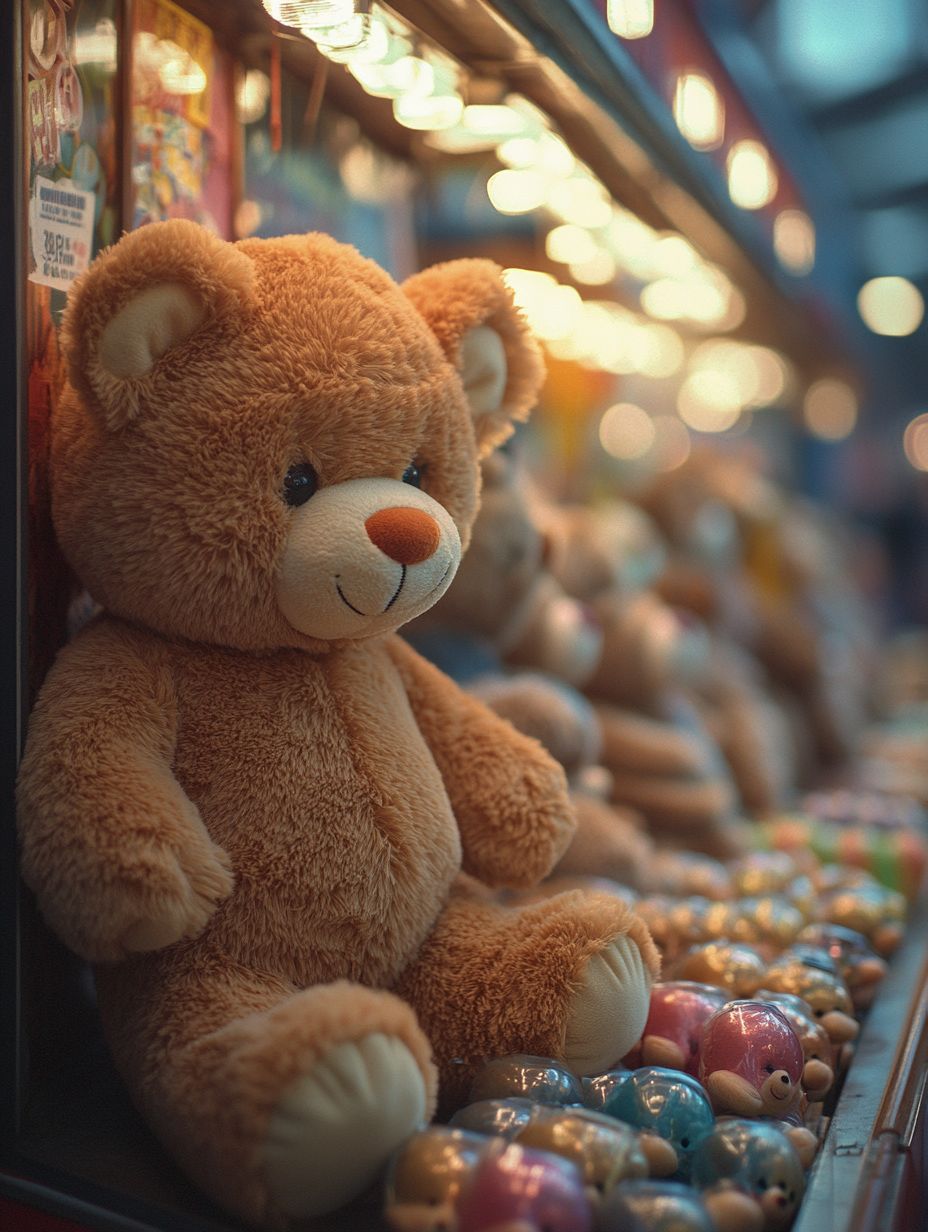
The golden age of teddy bear trading really came into its own at British county fairs during the 1950s and '60s. Collectors would gather in droves, clutching their beloved bears and swapping tales about each one's peculiar journey through time.
Back then, a decent vintage bear might set you back anywhere from a fiver to £50, though the truly special ones – proper museum pieces, mind you – could fetch well over £100.
Remarkably, this charming tradition hasn't completely vanished from our county shows. The Worcester County Fair remains a particular favourite amongst bear enthusiasts, with its dedicated pavilion drawing traders from across the country.
Pop by early doors – around half seven – and you'll catch the serious collectors setting up their stalls, carefully arranging everything from tatty old Merrythoughts to immaculate Steiffs.
Don't let the relaxed vibe fool you, though. These seemingly casual gatherings have birthed some rather impressive collections over the years.
Whilst cash is king, bringing along your own bears for trading often leads to the sweetest deals. Most of the old hands are happy enough to share their wisdom, but you'll need to develop quite the discerning eye – there are some frighteningly good reproductions floating about these days.
Mail-Order Collectors' Clubs
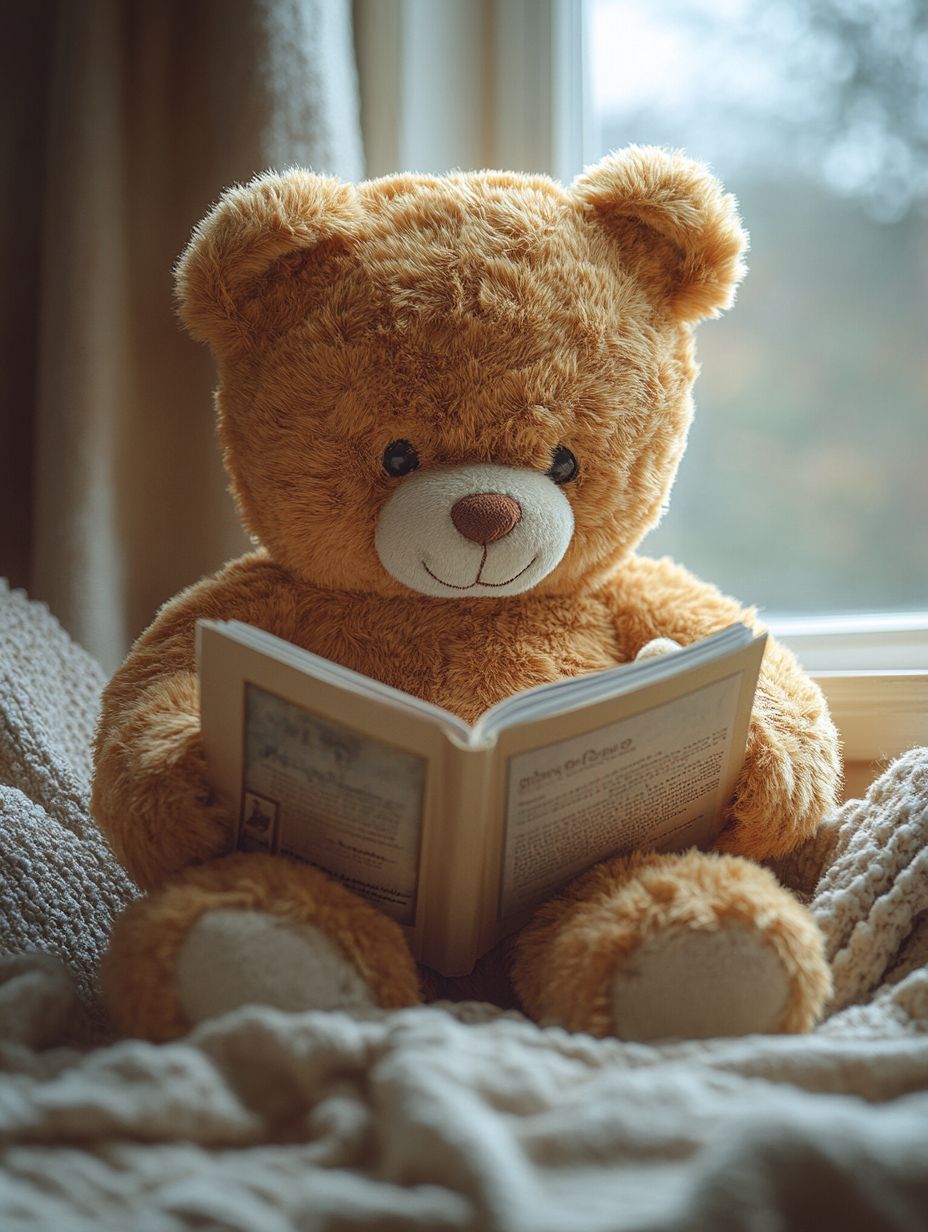
The age of county fair bear trading gave way to something rather special in the 1970s – mail-order collecting clubs. These brilliant little societies would pop a monthly catalogue through your letterbox, stuffed with photos of rare teddies and a proper chatty newsletter full of tips from fellow enthusiasts. The big names like Paddington Collectors' Society and Royal Bears Monthly weren't terribly dear – about £2.50 a month for membership, which seemed fair enough.
| Club Name | Annual Fee | Special Perks |
|---|---|---|
| Paddington Society | £30 | Quarterly meets |
| Royal Bears | £25 | Bear repair guide |
| Highland Collection | £35 | Authentication service |
What made these clubs truly marvellous wasn't just the chance to buy bears from home – they created proper little communities across Britain. You'd find yourself wrapped up in lovely correspondence with collectors dotted everywhere from Aberdeen to Cornwall, swapping restoration secrets and tales of charity shop treasures. The postal auctions were quite exciting too – imagine bidding on a genuine Steiff bear whilst sitting in your favourite armchair with a cuppa! Though I must say, the Royal Mail wasn't always brilliant with delivery times. Sometimes you'd be waiting ages for your precious parcel, checking the post day after day. Still, these clubs changed everything really – bringing the whole world of bear collecting right to your doormat.
Online Auction Revolution
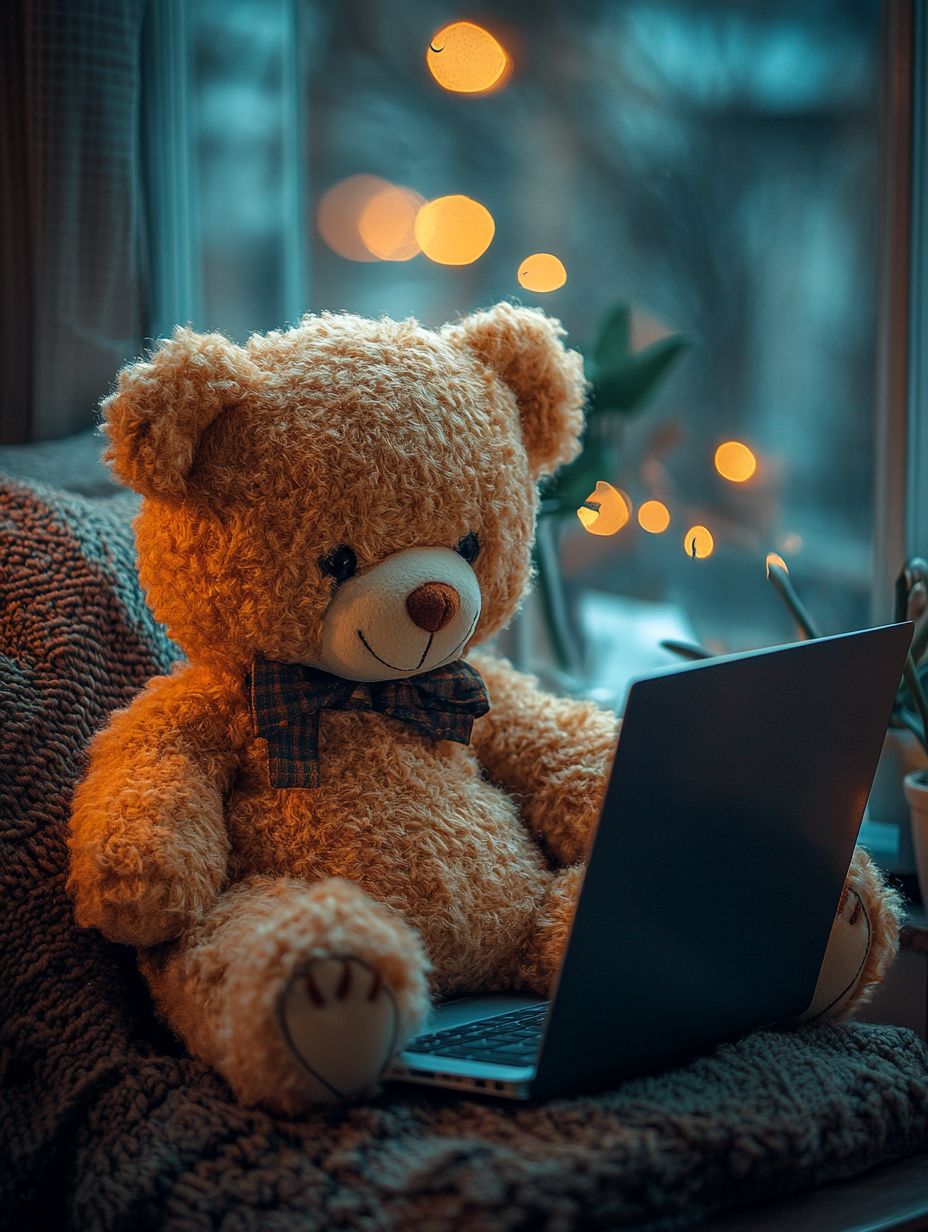
The Online Revolution: Bear Collecting in the Digital Age
What a difference a decade makes. The late 1990s internet boom utterly transformed teddy bear collecting, sweeping away the old mail-order clubs and catalogues in favour of round-the-clock online auctions. These days, you're just as likely to spot a rare Steiff bear whilst browsing eBay at midnight as you're at a traditional collectors' fair. From modest £5 car boot finds to eye-watering £50,000 museum pieces, the sheer range is rather astonishing.
The digital marketplace has brought some brilliant innovations. Rather than thumbing through dog-eared catalogues, clever search filters help track down exactly what you're after – whether it's a 1950s Chad Valley or a pristine Merrythought.
Dedicated forums have sprung up where collectors from Bournemouth to Brisbane swap authentication tips and debate market values. Mind you, whilst the high-resolution photos are smashing for initial research, nothing quite beats examining a bear in person before parting with serious money.
Gone are the days of faffing about with postal orders, thankfully. Modern payment systems have made transactions dead simple, though one must keep one's wits about when dealing with unfamiliar sellers. The occasional dodgy dealer still tries their luck with counterfeits, particularly with sought-after early Steiff pieces.
Despite these niggles, online collecting has rather revolutionised the hobby. What was once limited to weekend fairs and specialist shops has become a proper round-the-clock pursuit.
Whilst some old-timers might grumble about the changing times, most serious collectors have embraced the convenience of virtual bear hunting with genuine enthusiasm.
Social Media Bear Communities
The world of teddy bear collecting has absolutely exploded on social media, and I'm constantly amazed by the passionate communities that have sprung up.
Facebook's become a proper treasure trove, with groups ranging from a few hundred to several thousand members chatting away about everything from precious Steiff bears (some fetching eye-watering prices well into the hundreds of pounds) to much-loved family bears desperately in need of a bit of TLC.
Instagram's particularly brilliant for the visual side of collecting. Specialist dealers and enthusiasts showcase their finest pieces through gorgeously staged photos – though I must say some of the lighting effects can be a touch over the top!
Still, there's nothing quite like scrolling through detailed close-ups of maker's labels and original tags when you're trying to sort the genuine vintage pieces from the reproductions.
The Pinterest crowd has rather cleverly turned the platform into an endless source of display inspiration and restoration know-how.
Perhaps most exciting of all are the WhatsApp groups – particularly those focused on specific makers or eras. Just last week, someone in our vintage group spotted an absolute gem of a 1920s Chad Valley bear at a car boot sale near Leeds.
That's the brilliant thing about these online communities – they've transformed what used to be quite a solitary pursuit into this wonderful round-the-clock natter with fellow collectors from Aberdeen to Auckland.
Conclusion
It's rather remarkable how teddy bear collecting has evolved from village fairs and church halls to today's digital marketplaces. Mind you, there's still something special about finding a bear at a proper jumble sale. Speaking of treasures, those vintage Merrythought bears from the 1940s – like the one gathering dust in your gran's attic – could fetch a decent £2,000 at auction these days. Whilst plenty of collectors now browse Facebook Marketplace or scroll through eBay listings, others still prefer rummaging through car boot sales on chilly Sunday mornings, hoping to spot that elusive mohair bear peeking out from beneath old books and bric-a-brac. The hobby's certainly changed, but whether you're bidding online or chatting with fellow enthusiasts at collectors' fairs, you're keeping alive a wonderfully British pastime that's managed to embrace the modern age without losing its charm.

